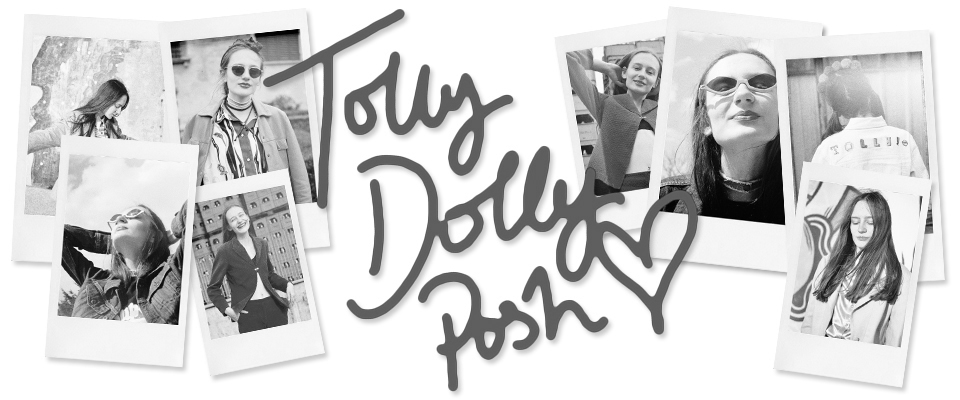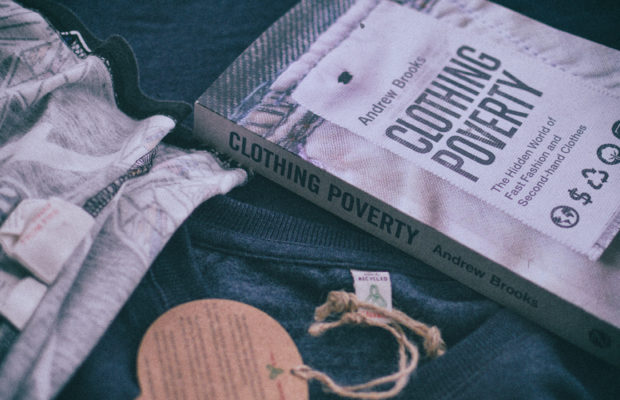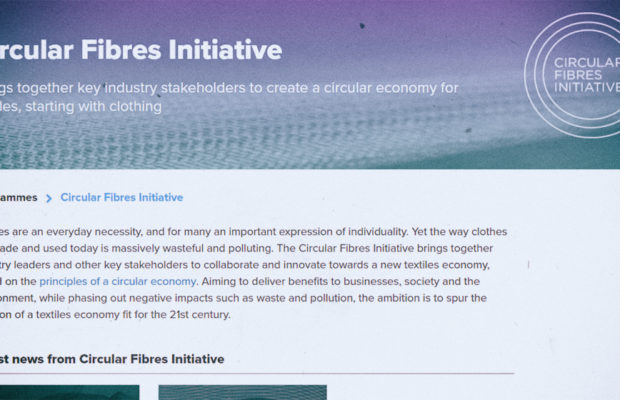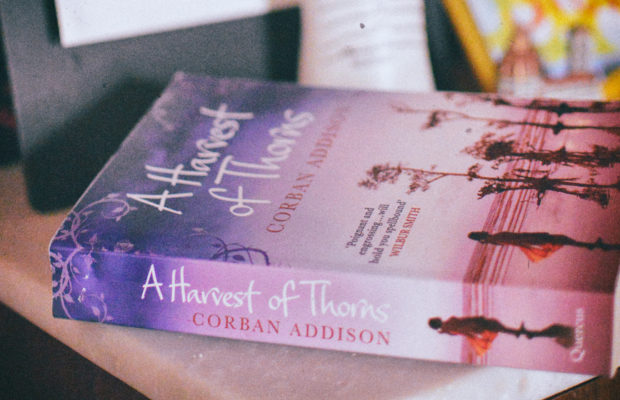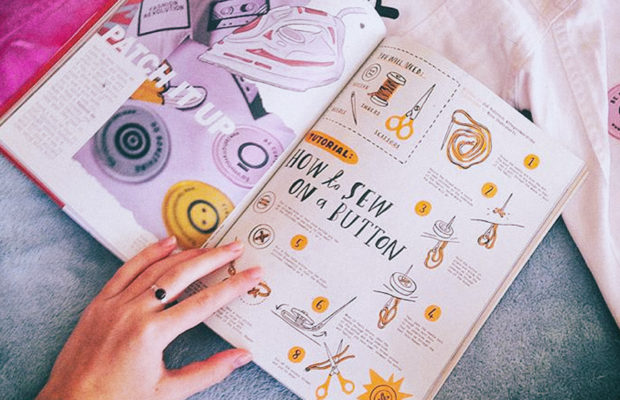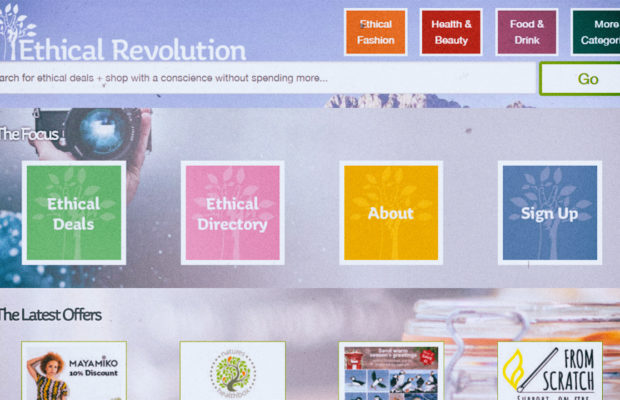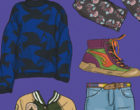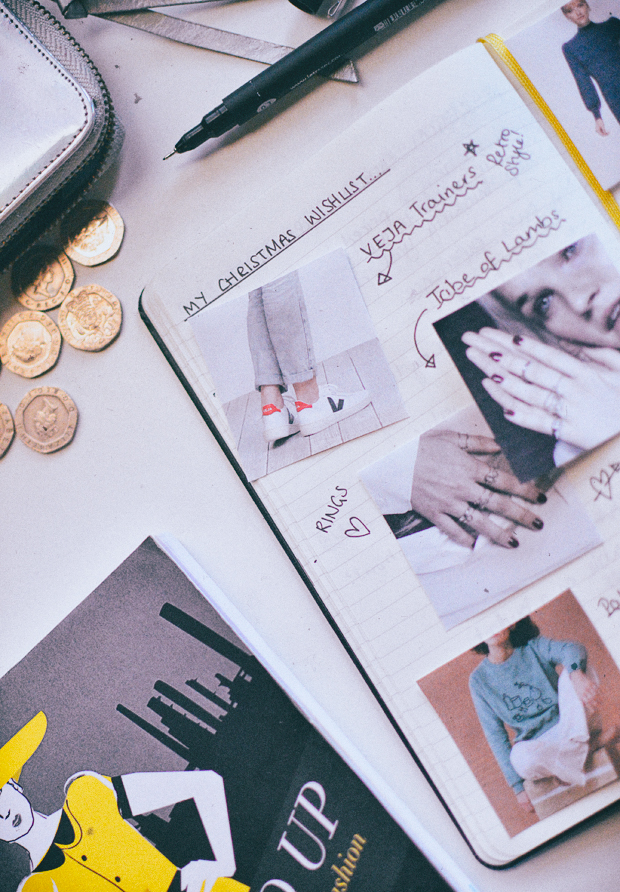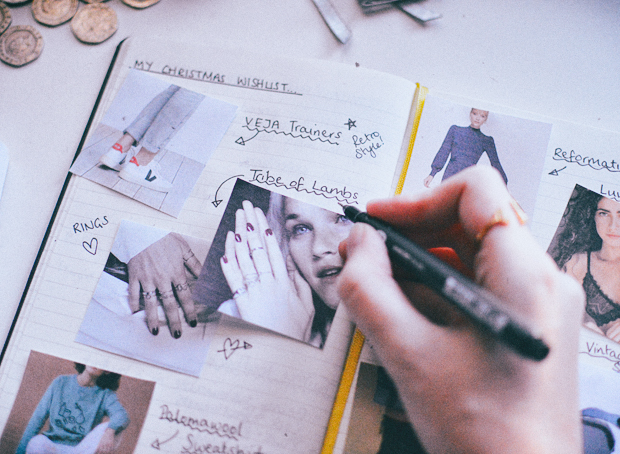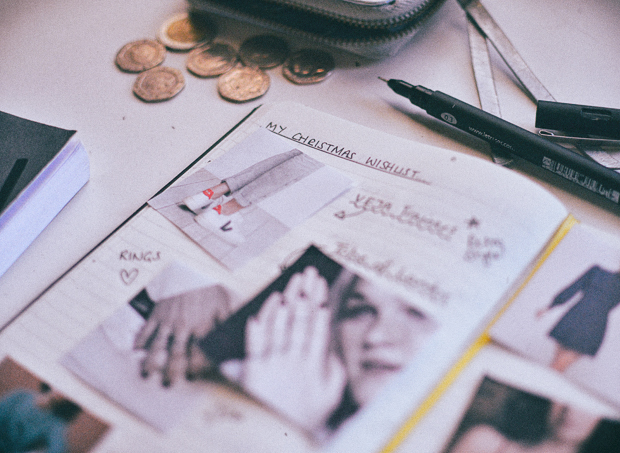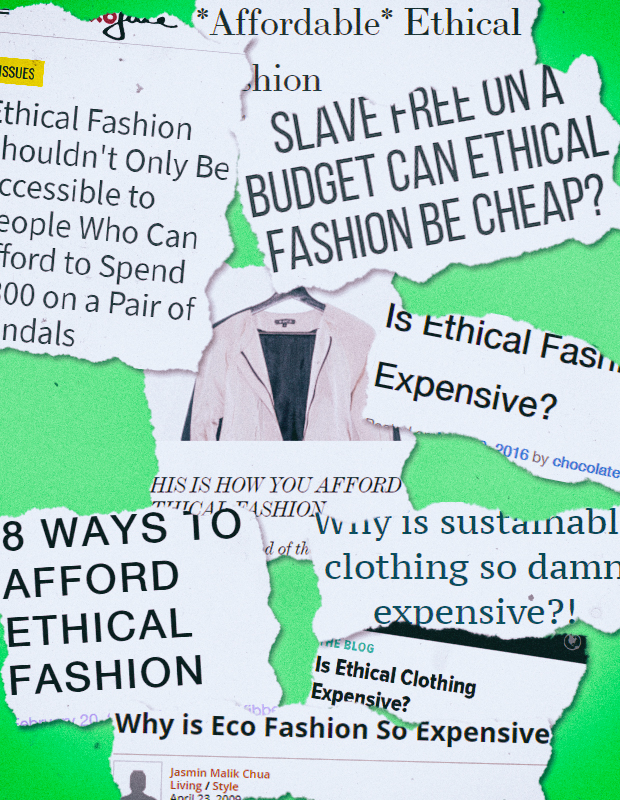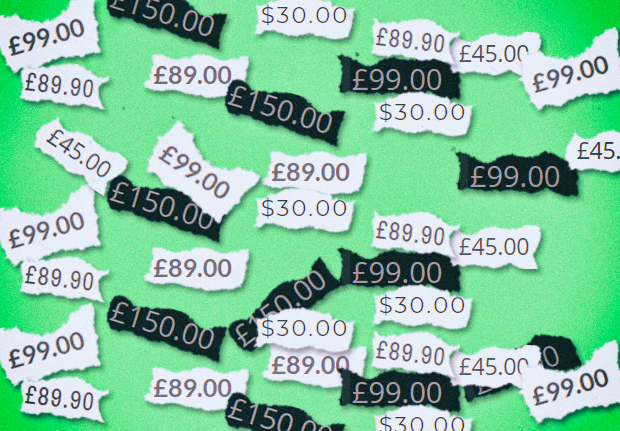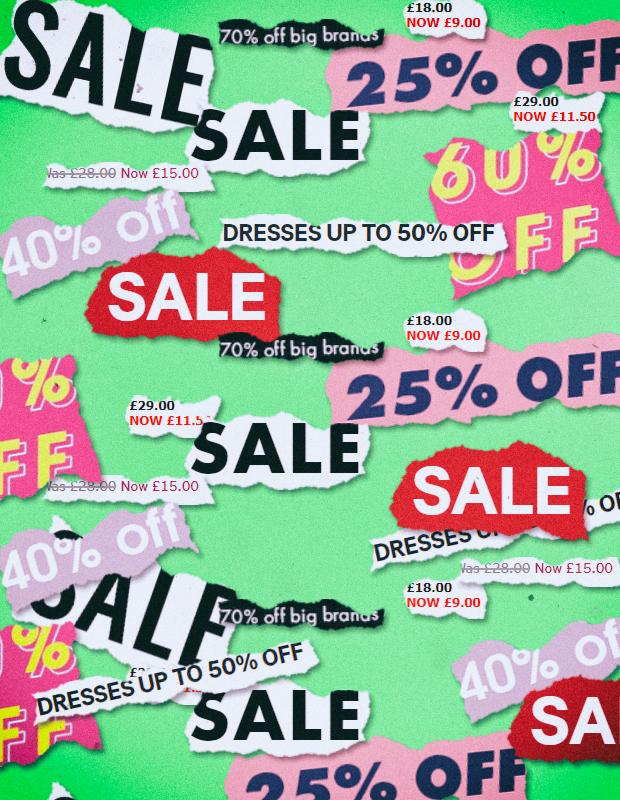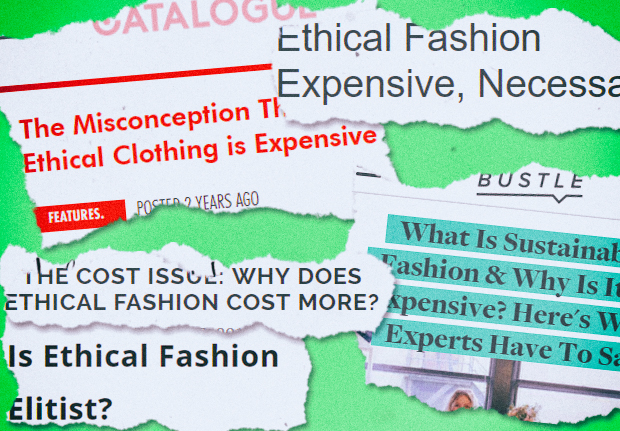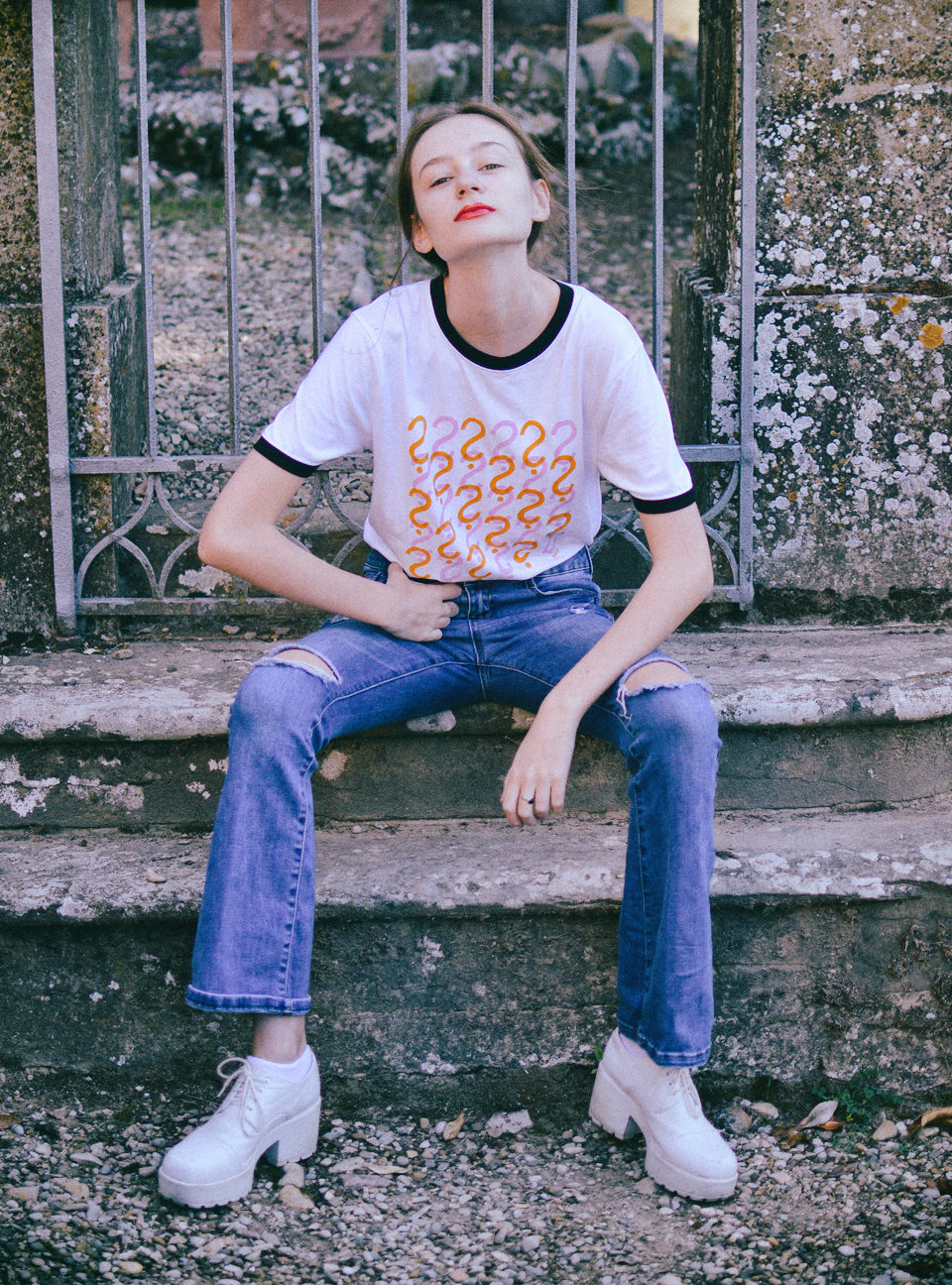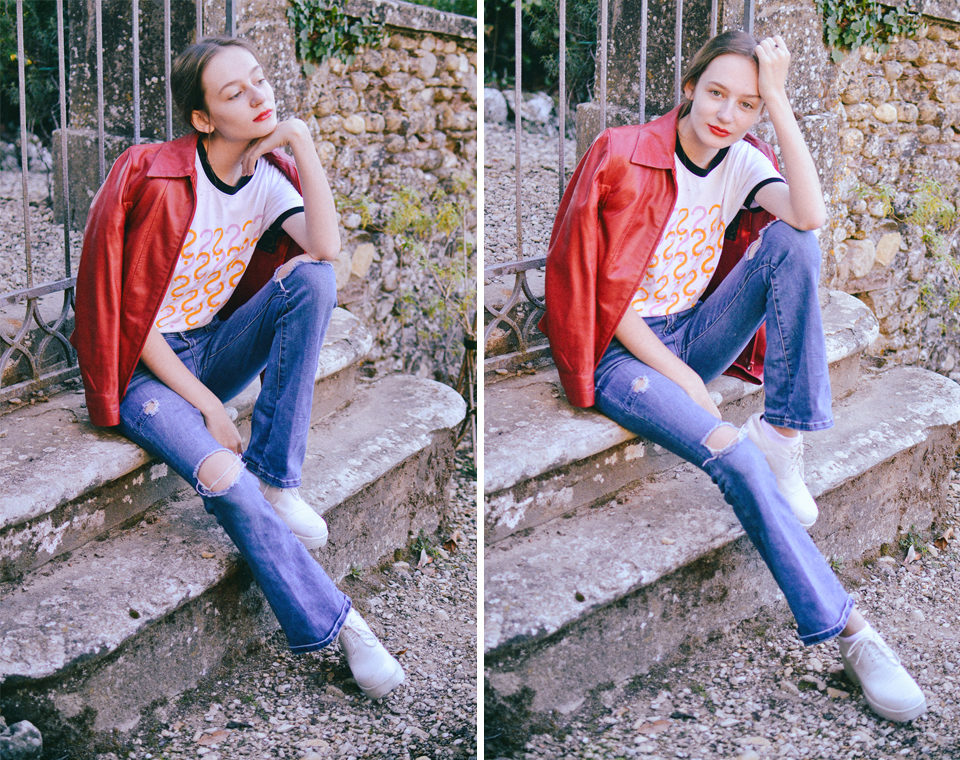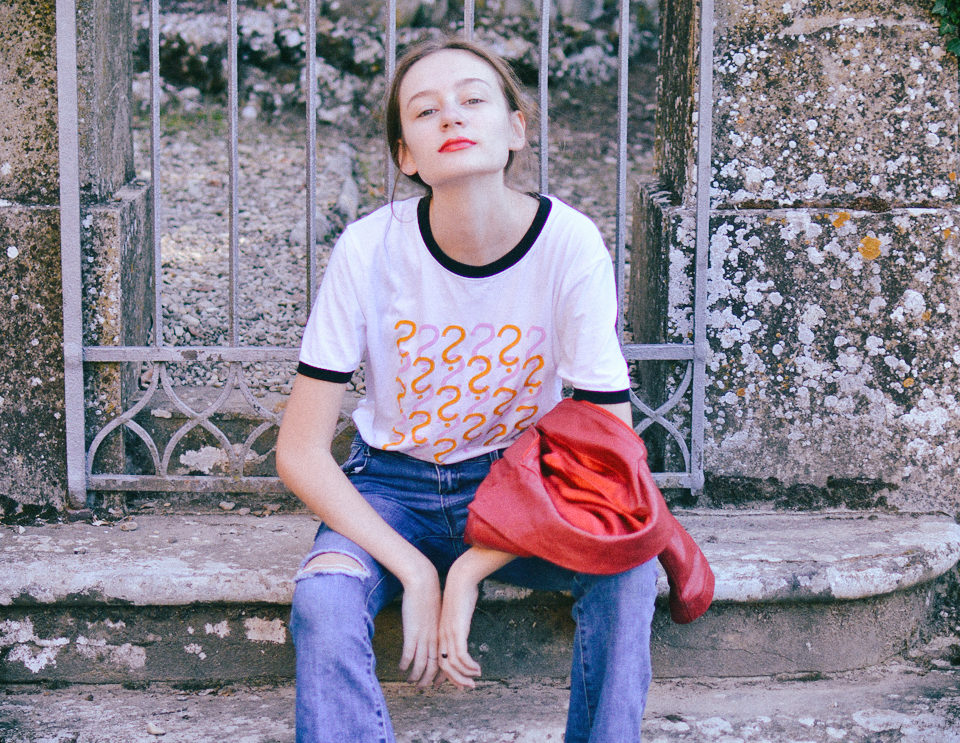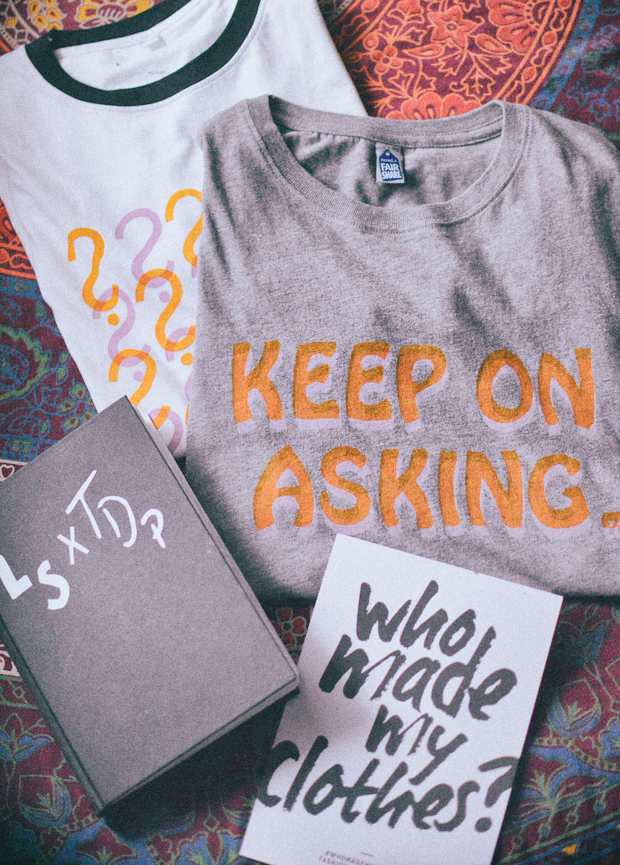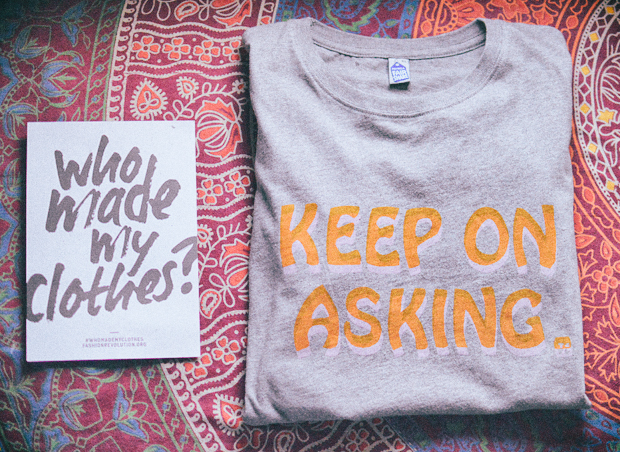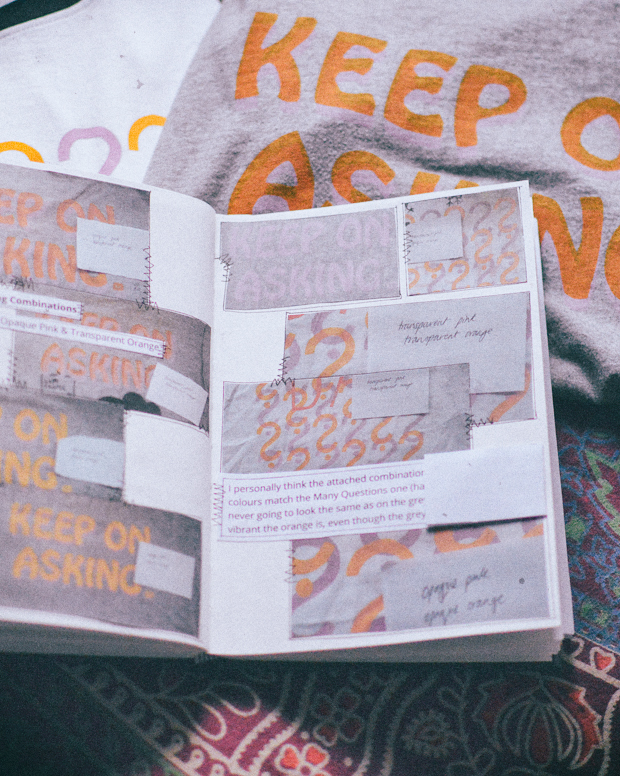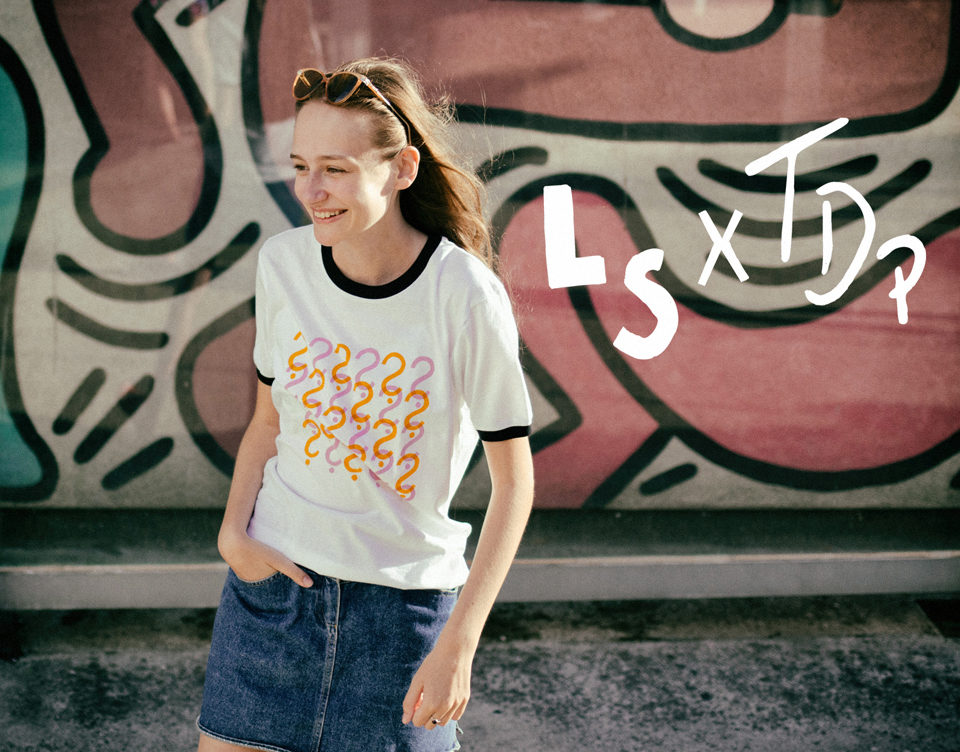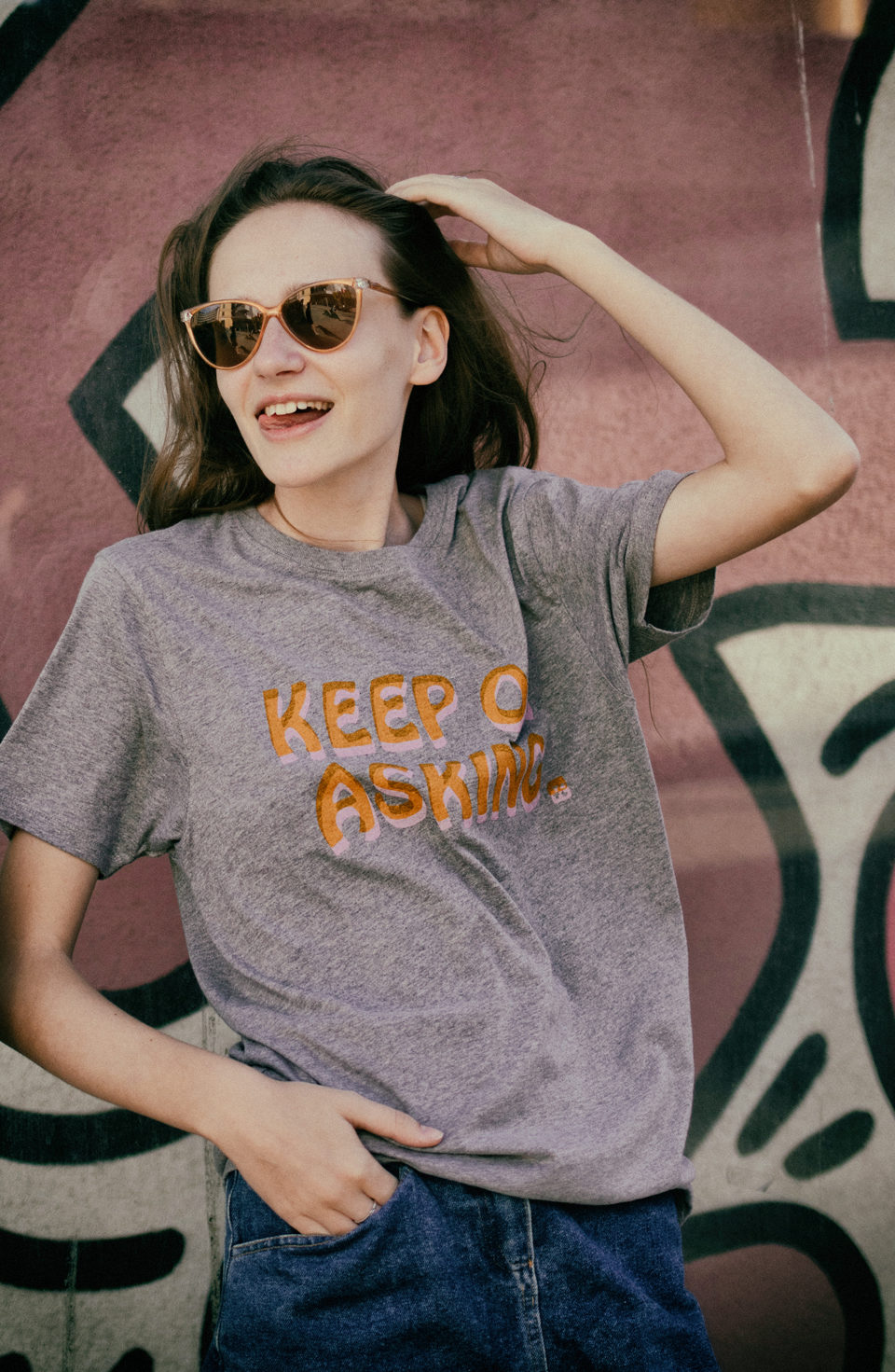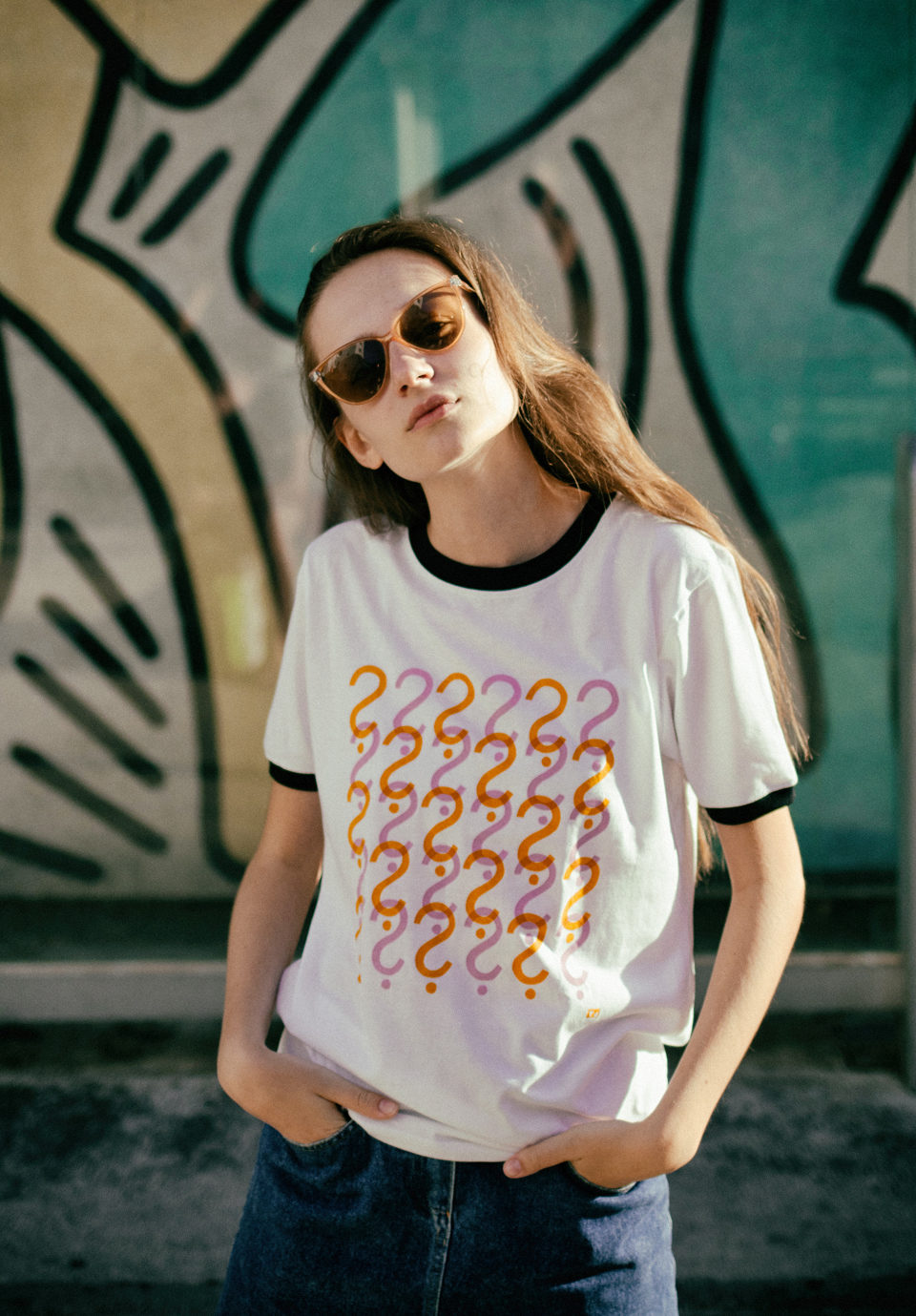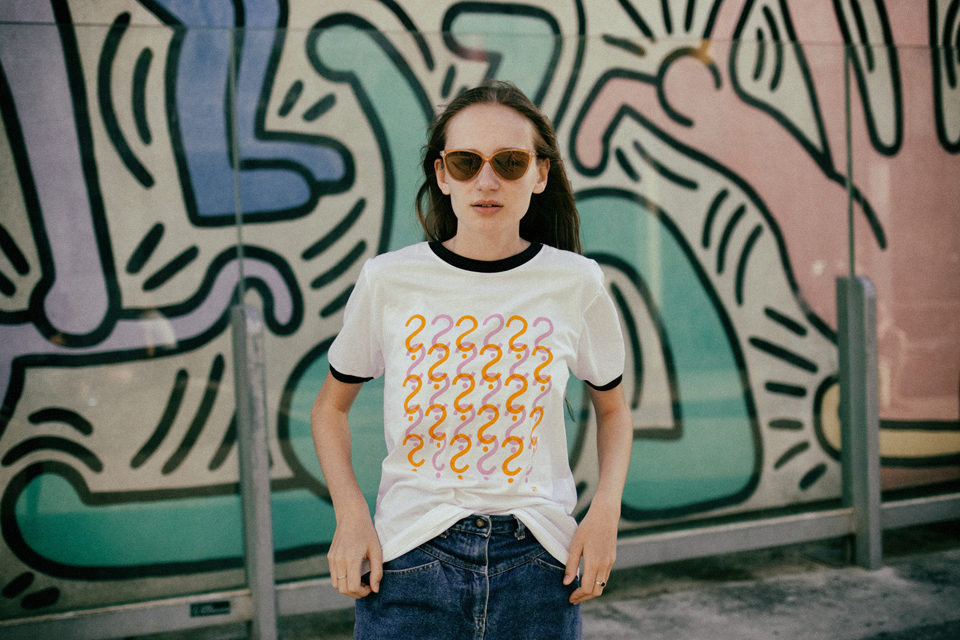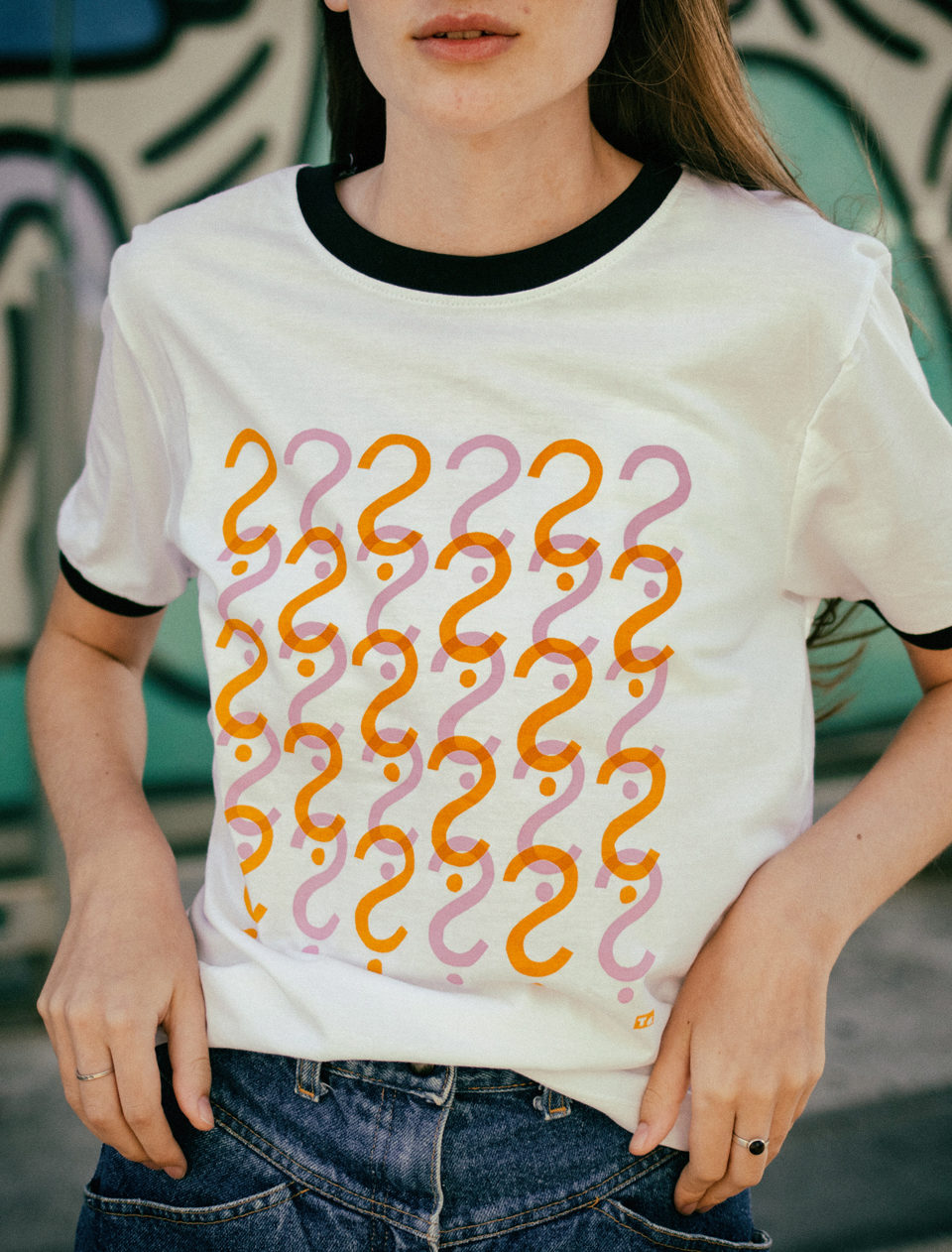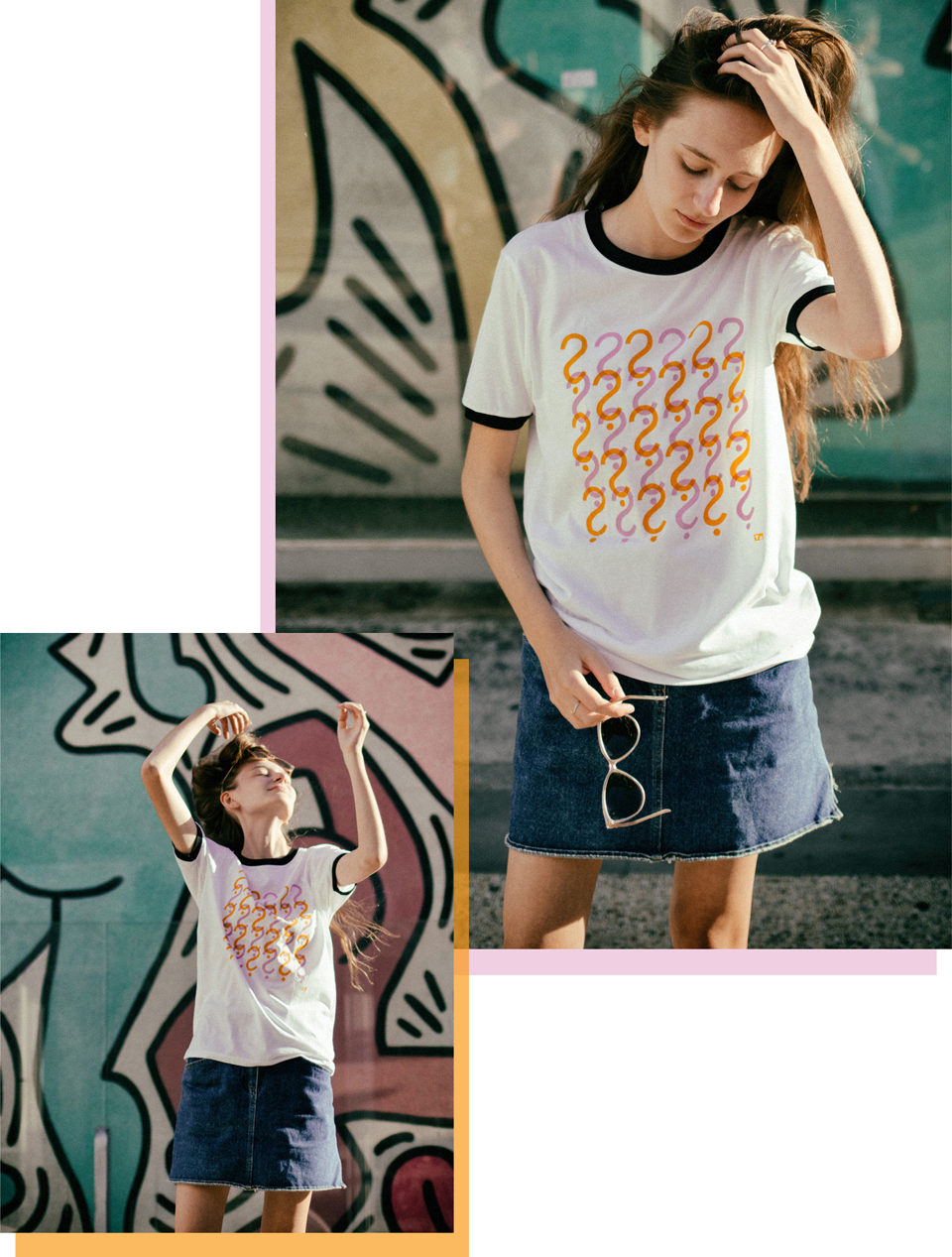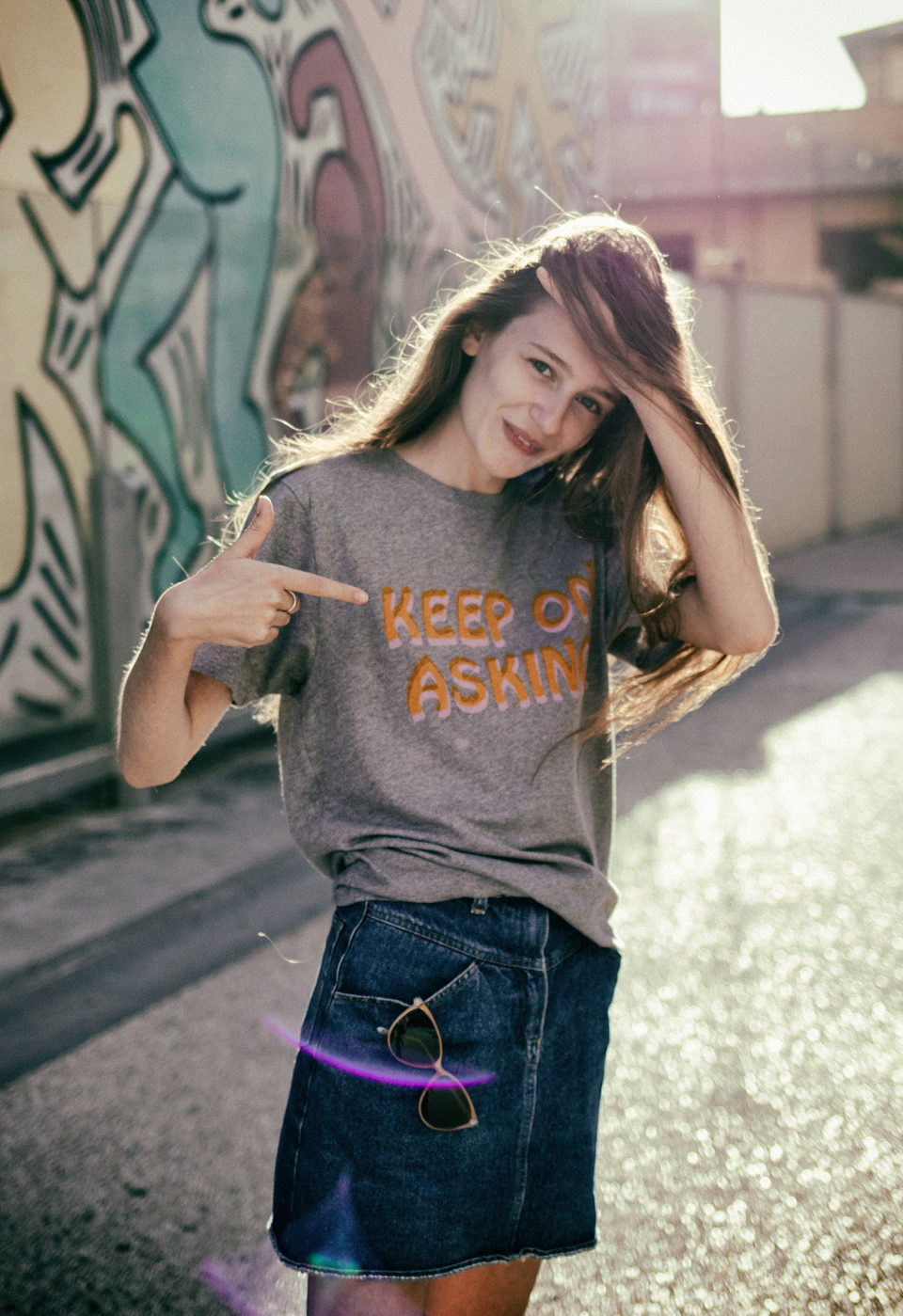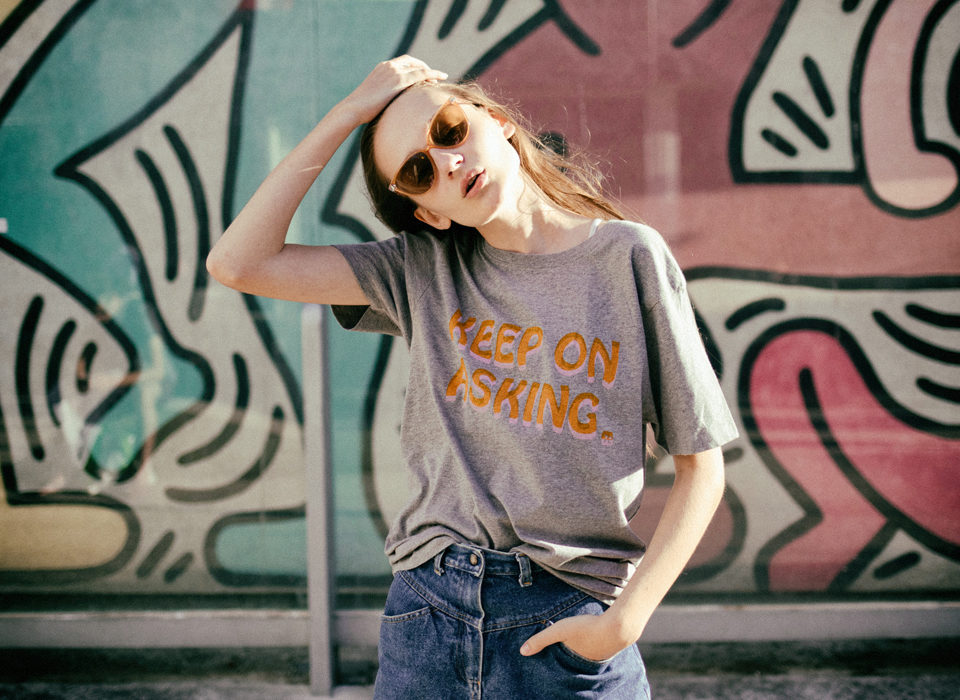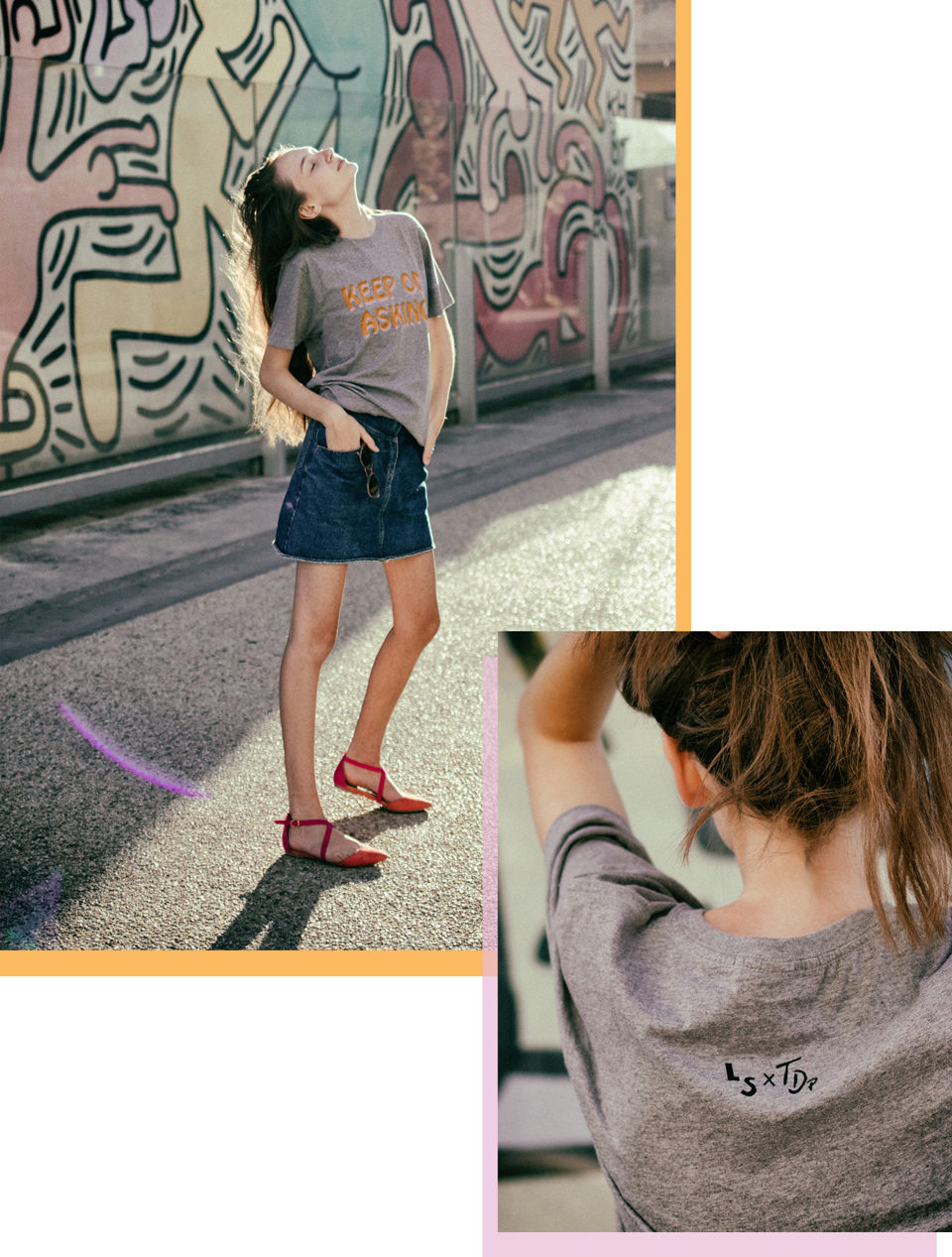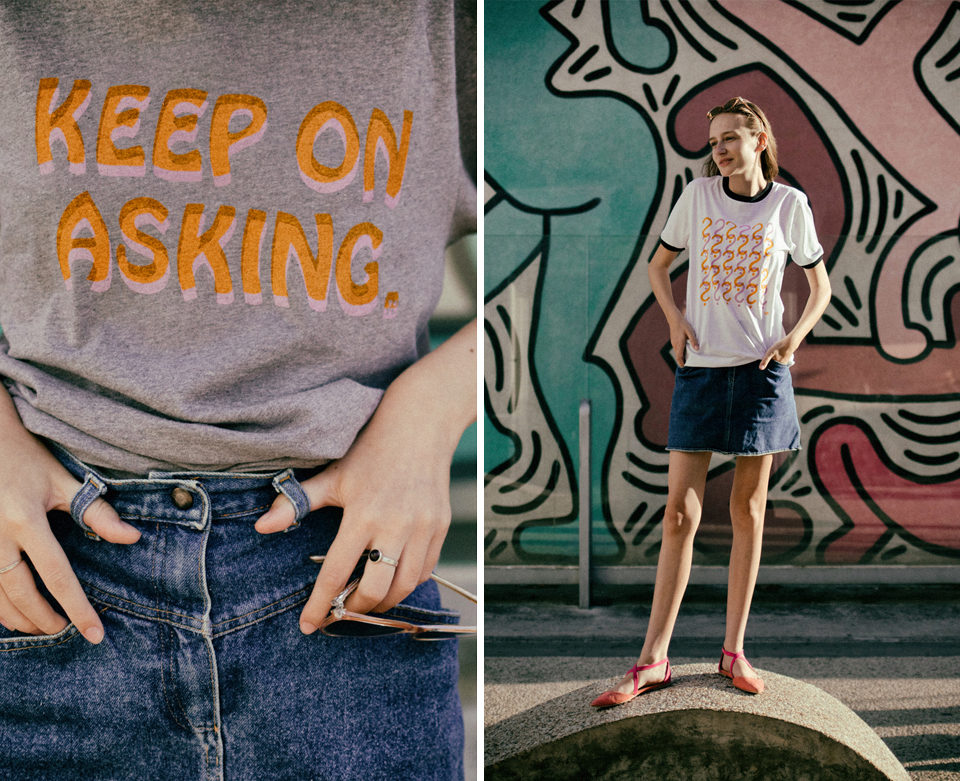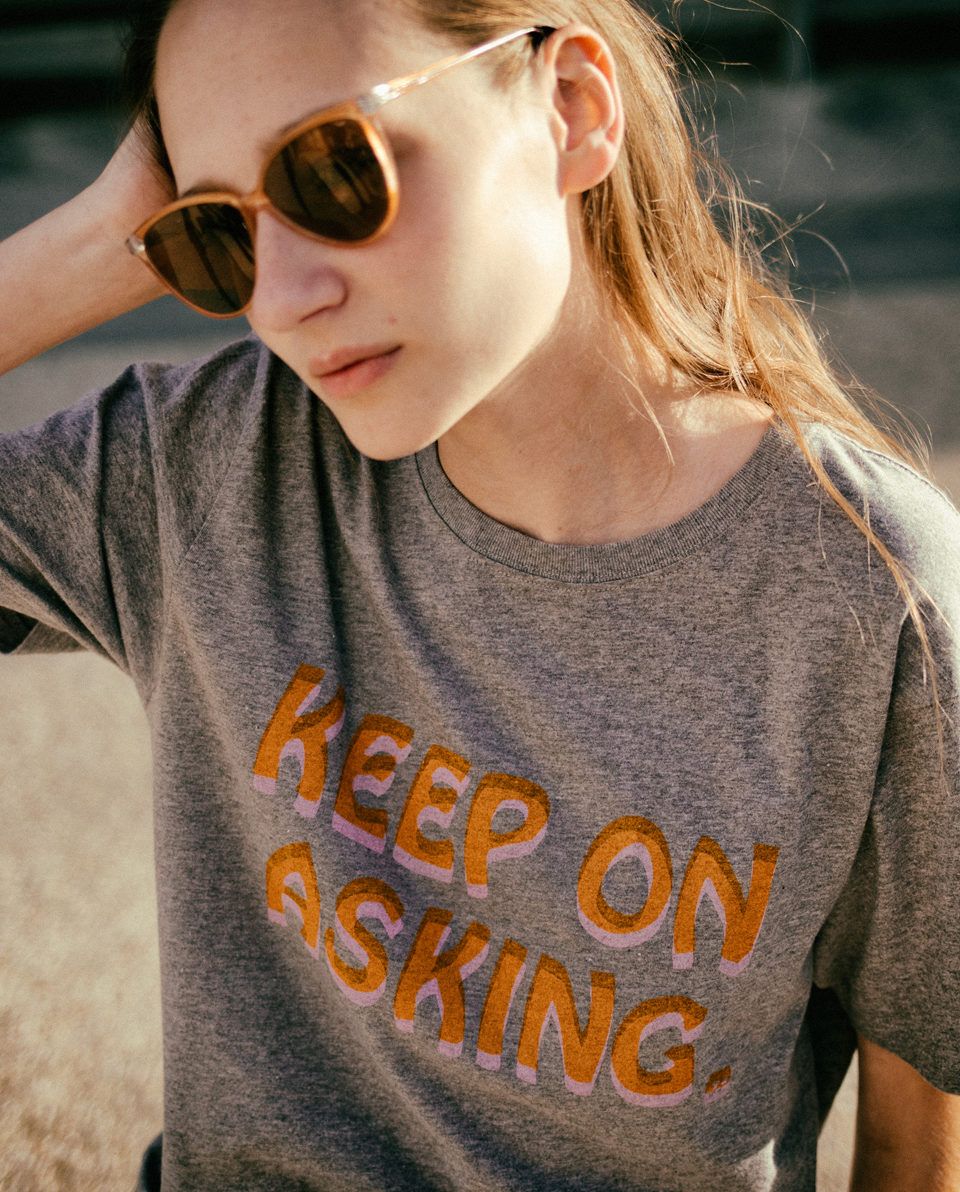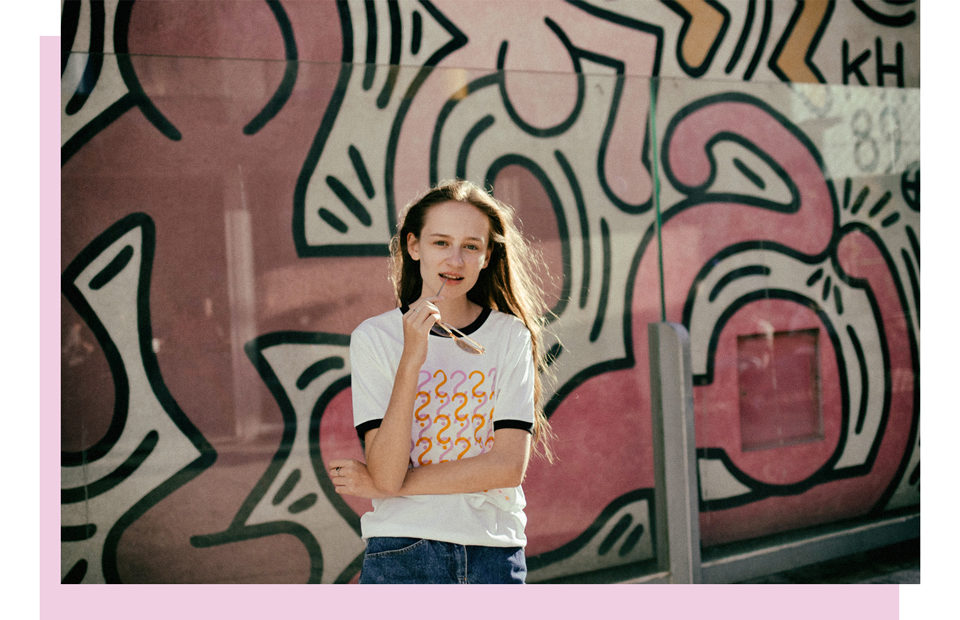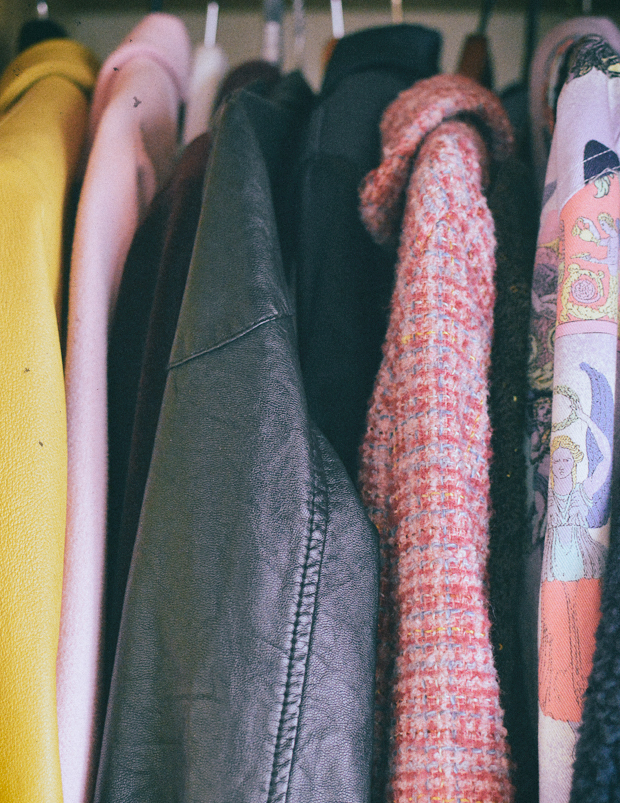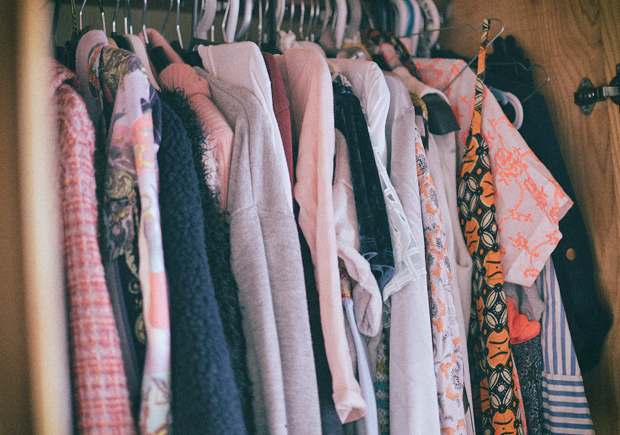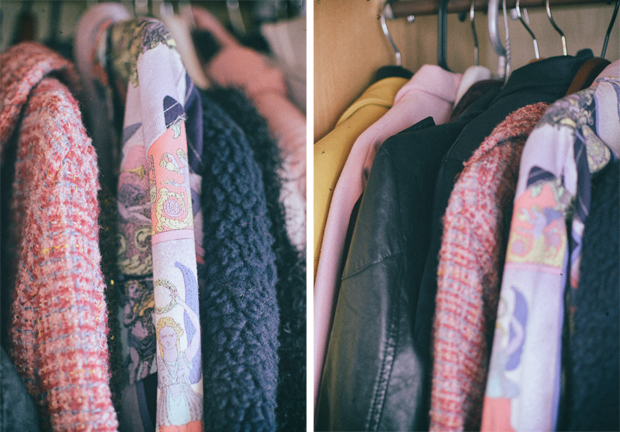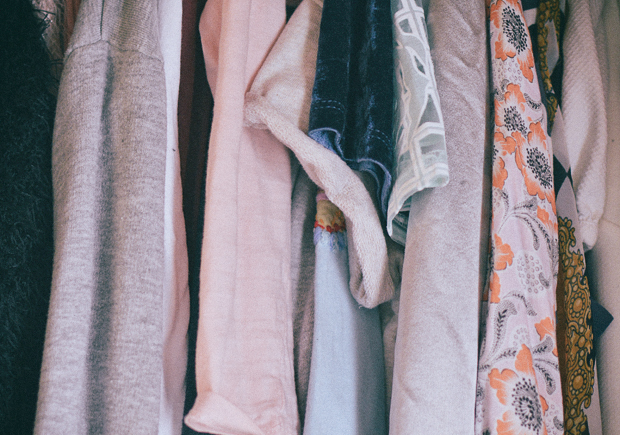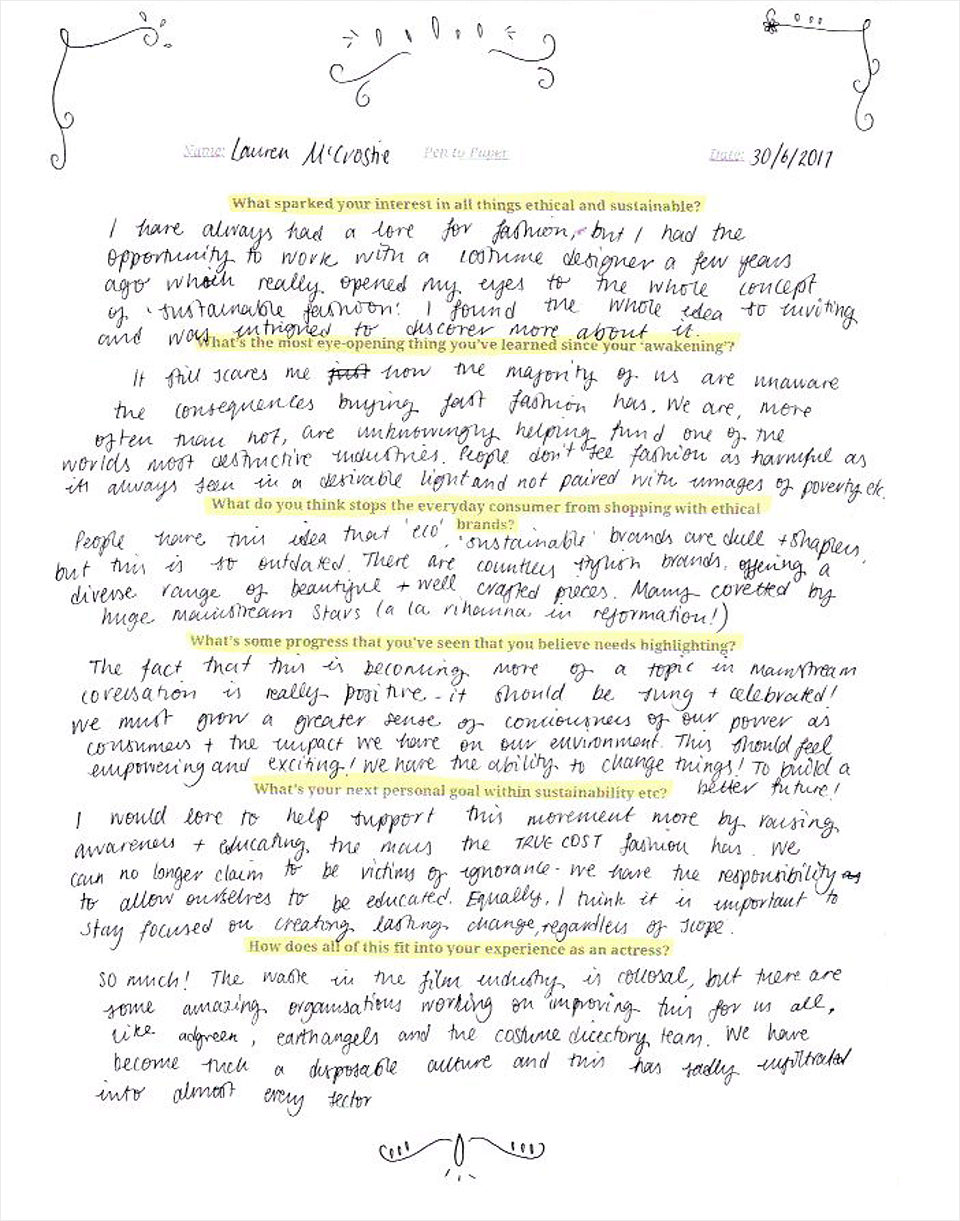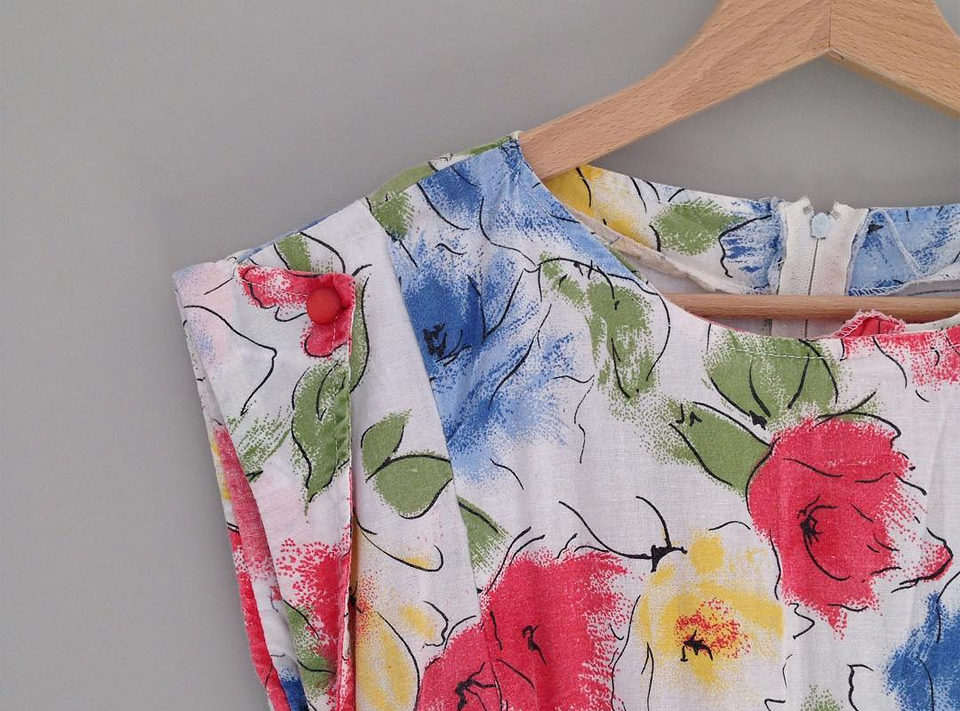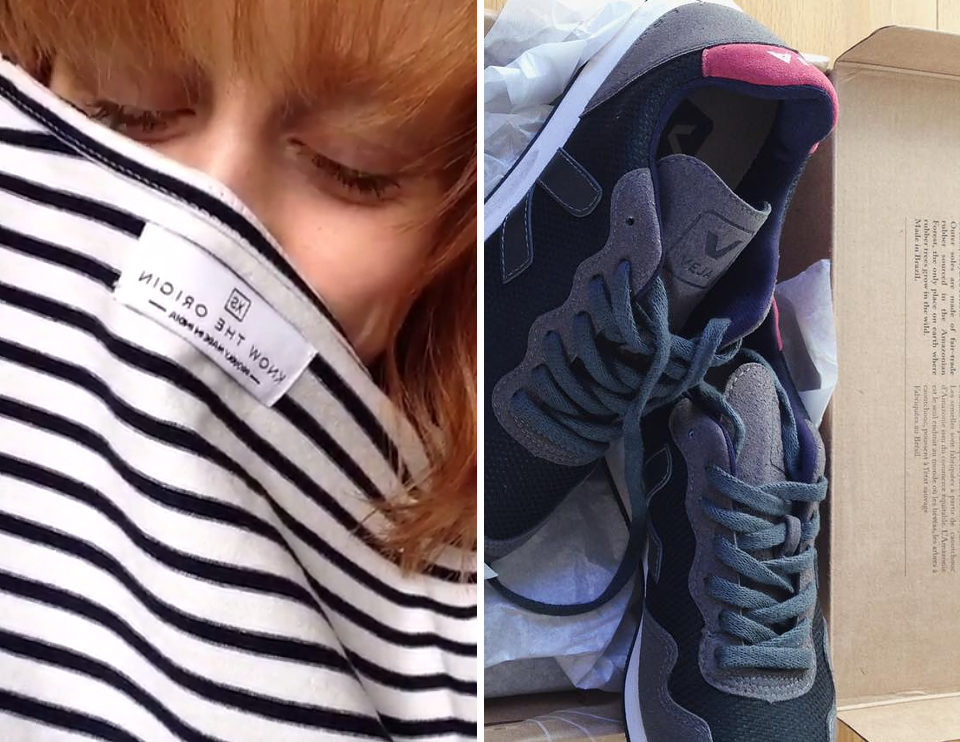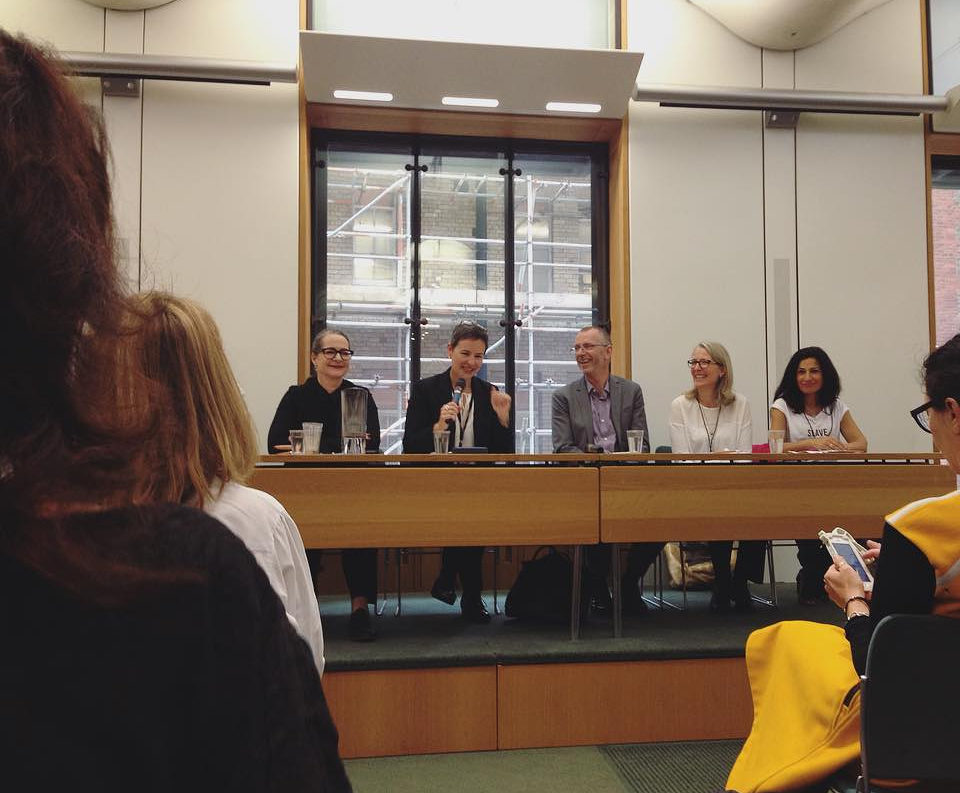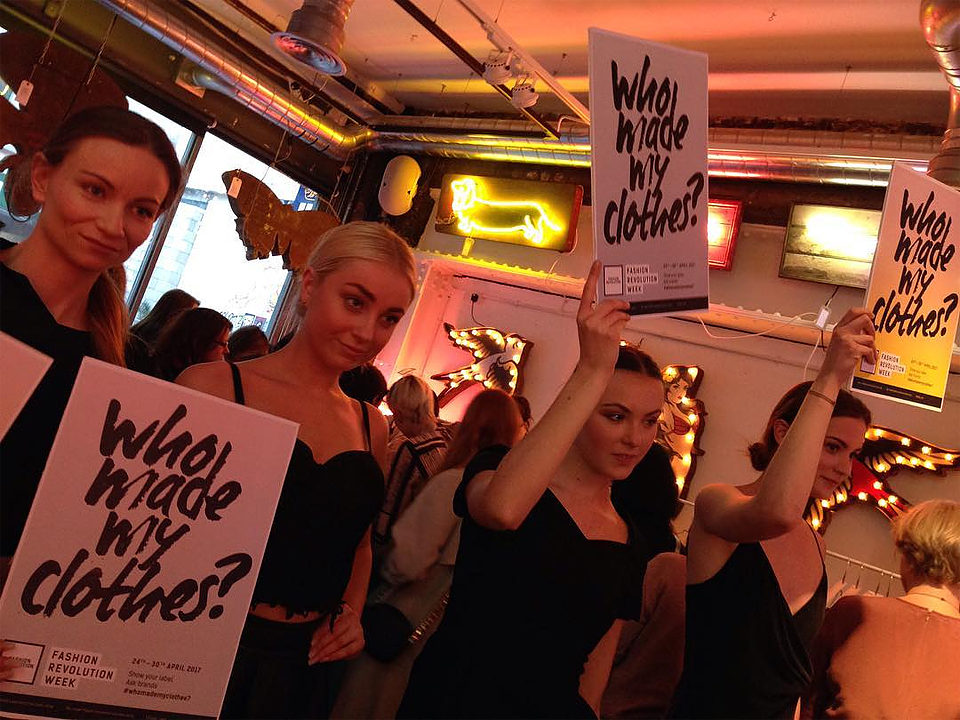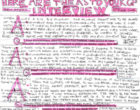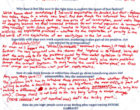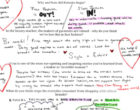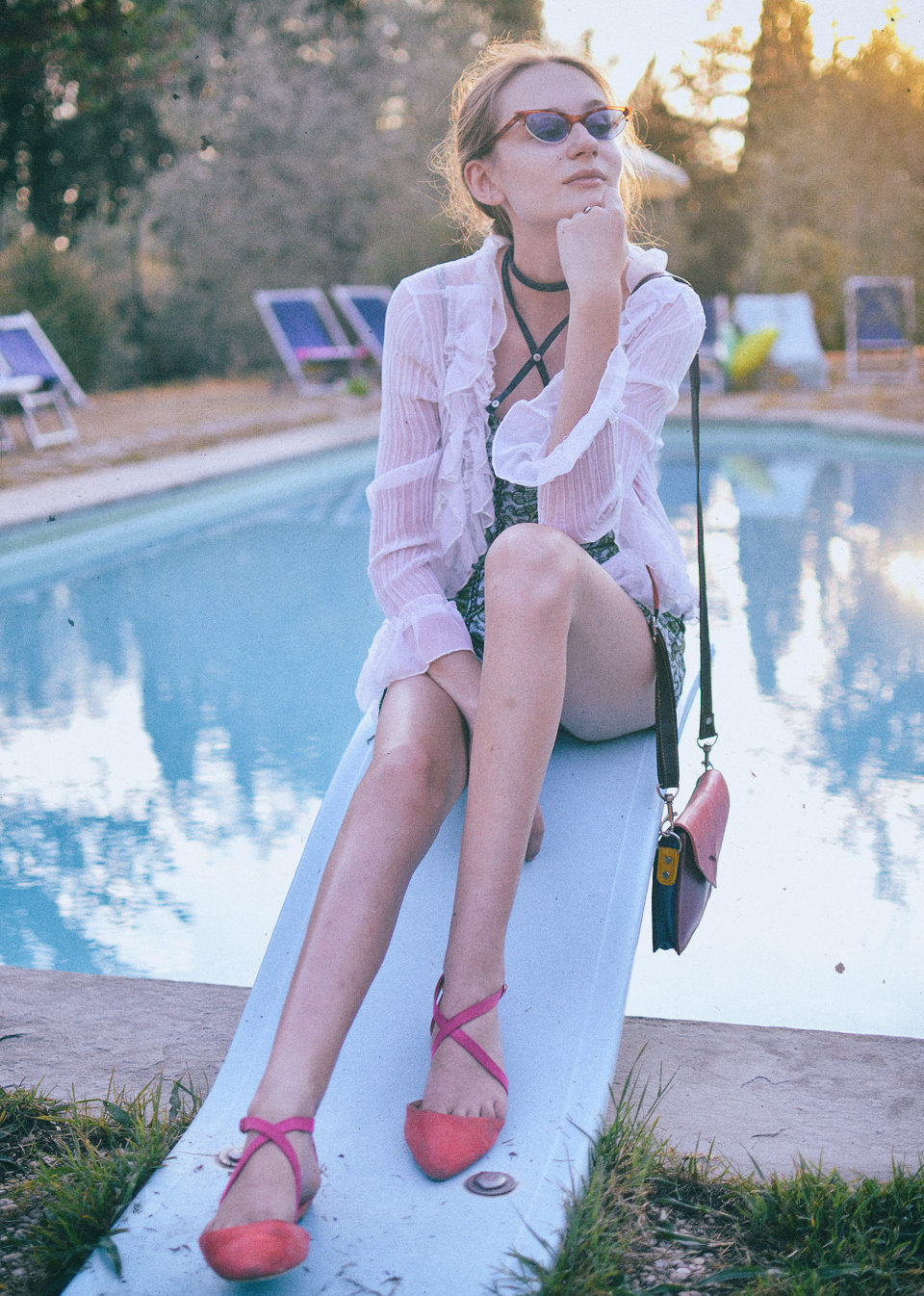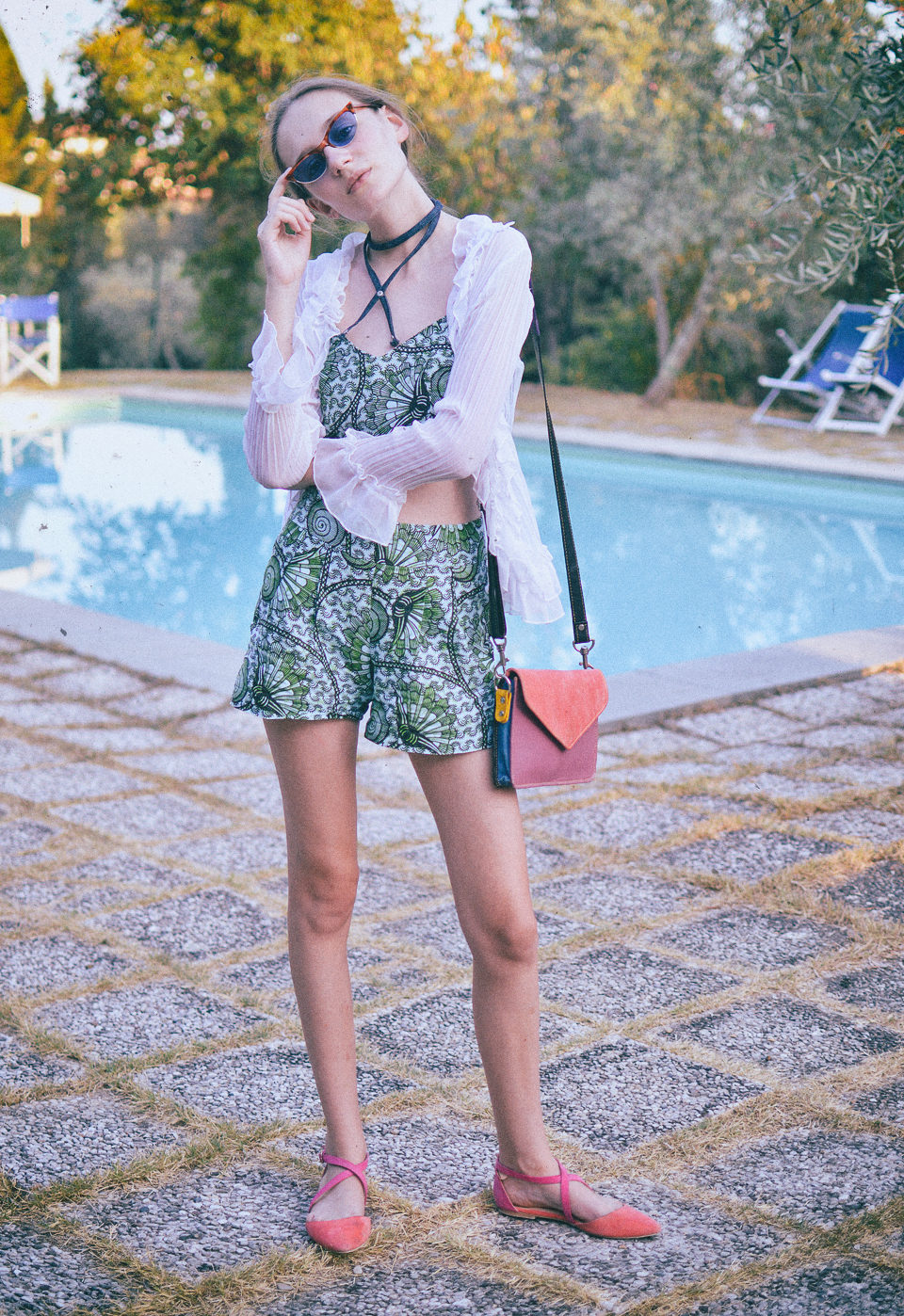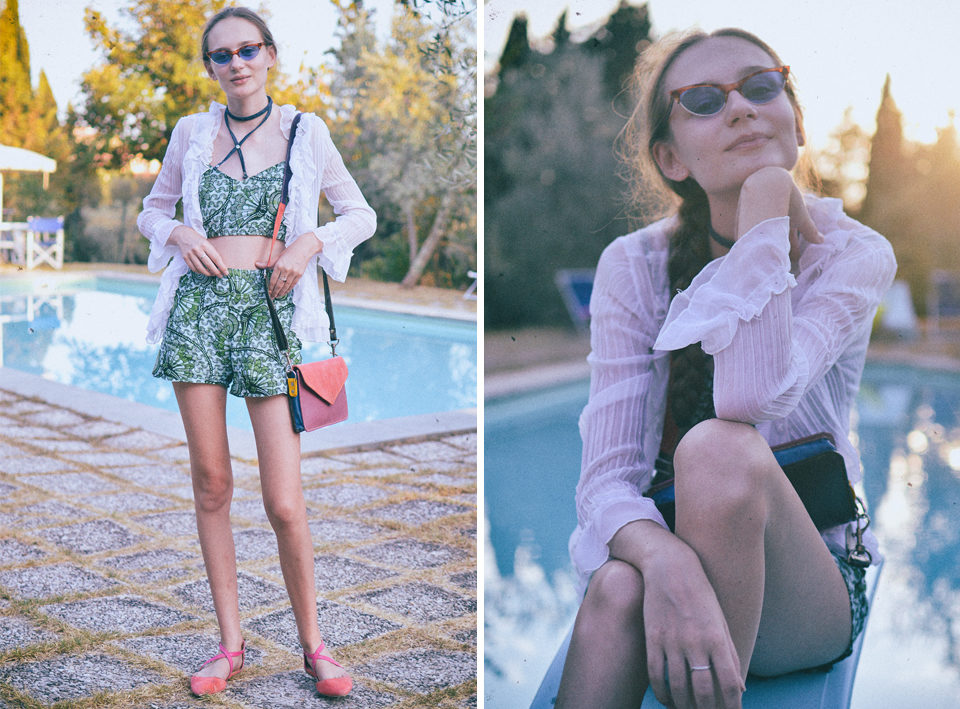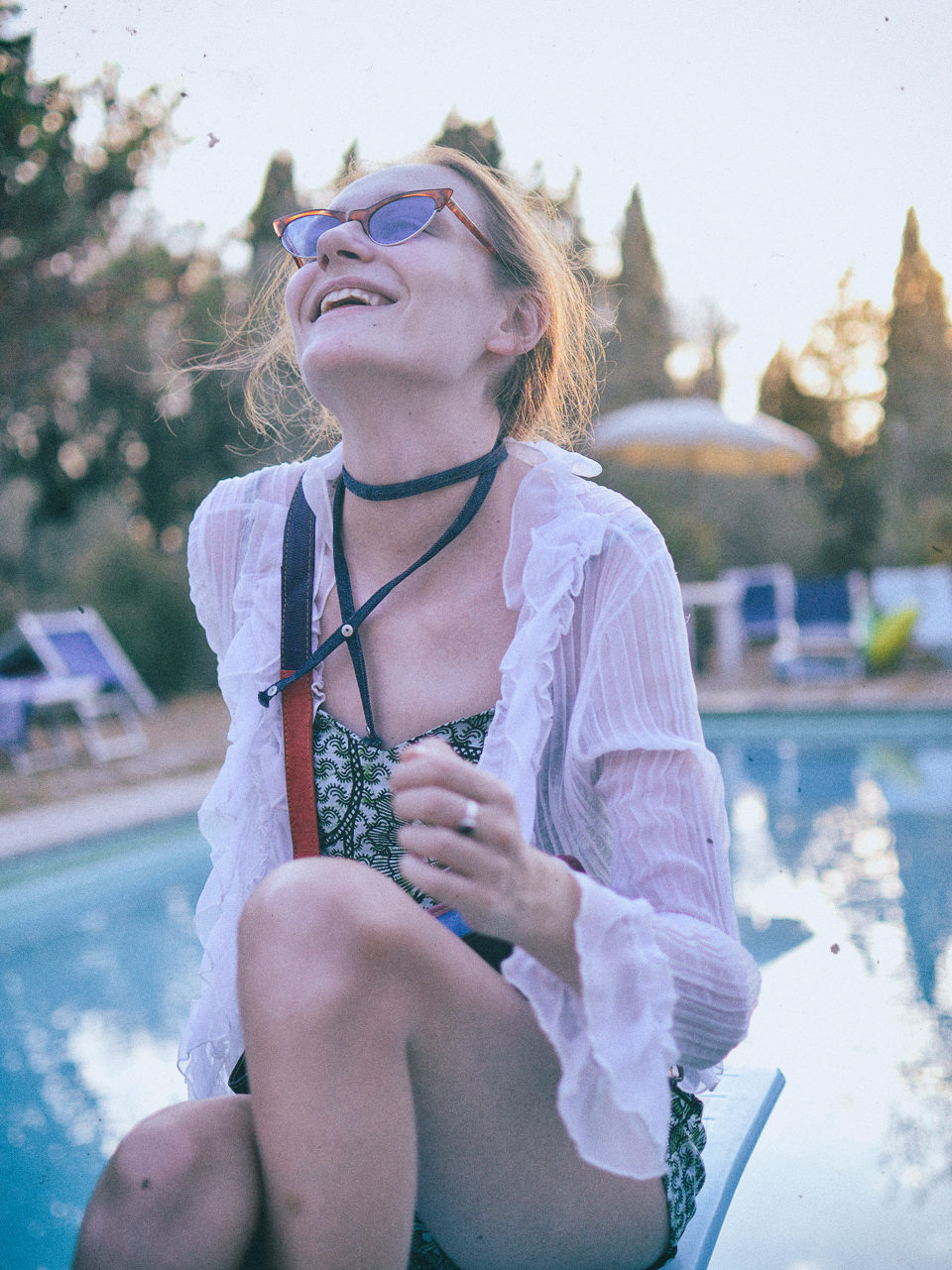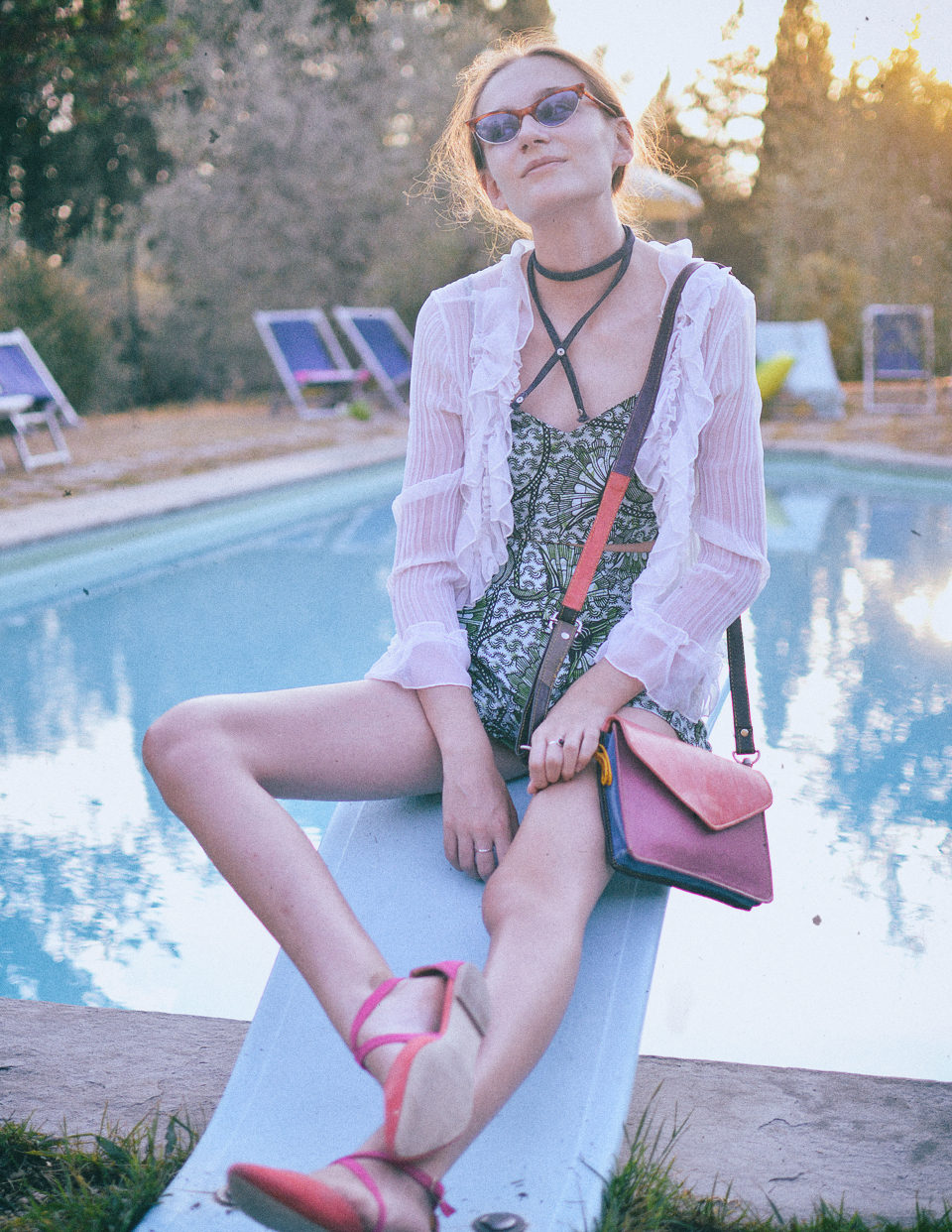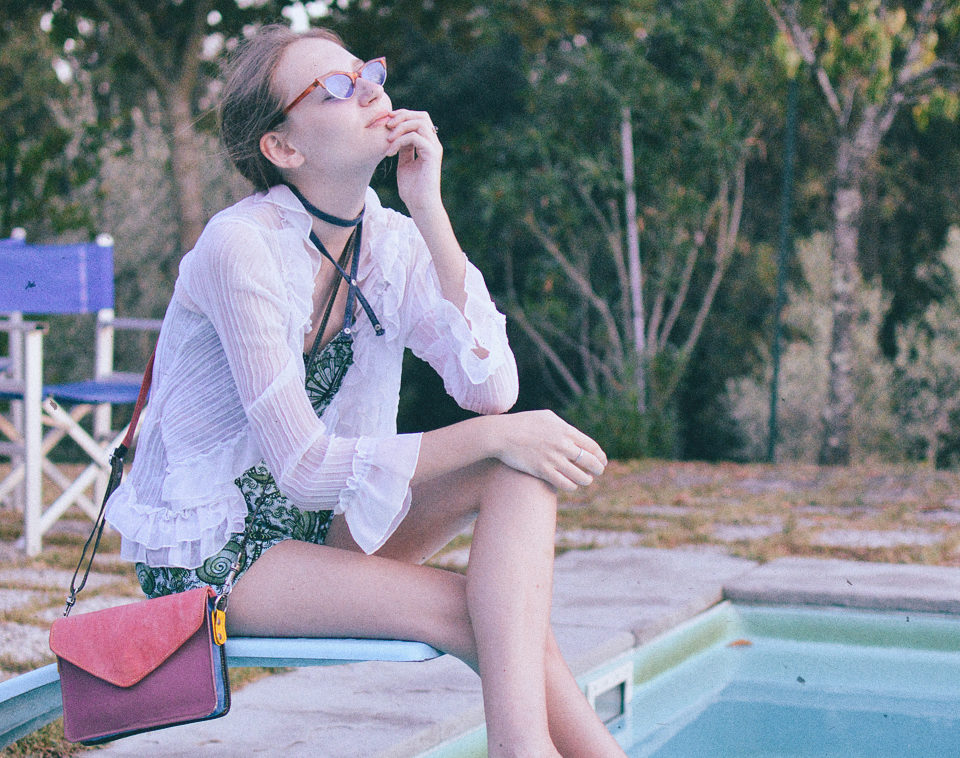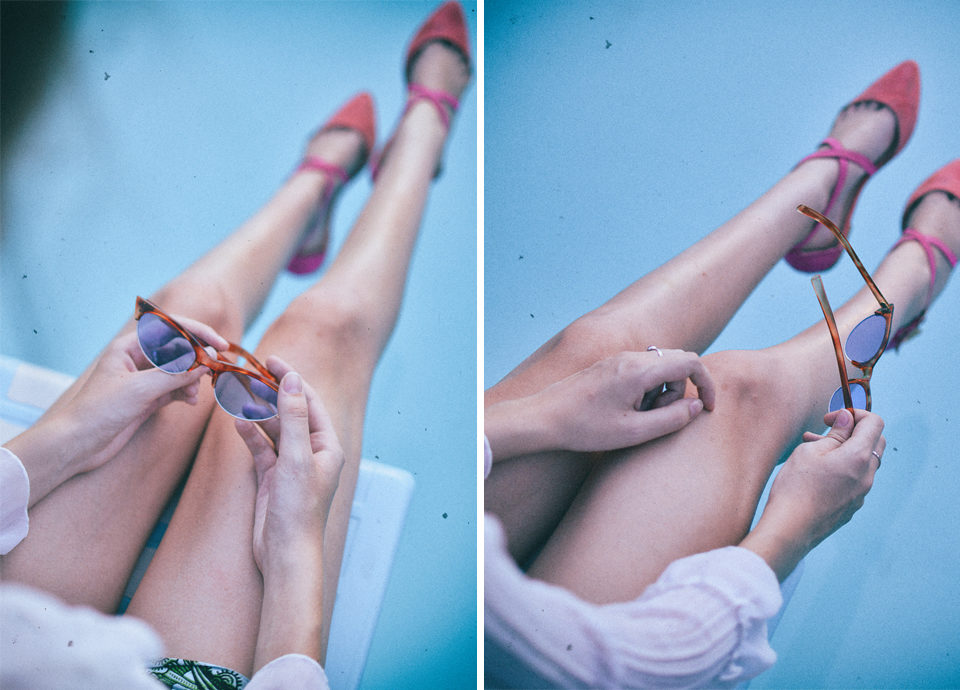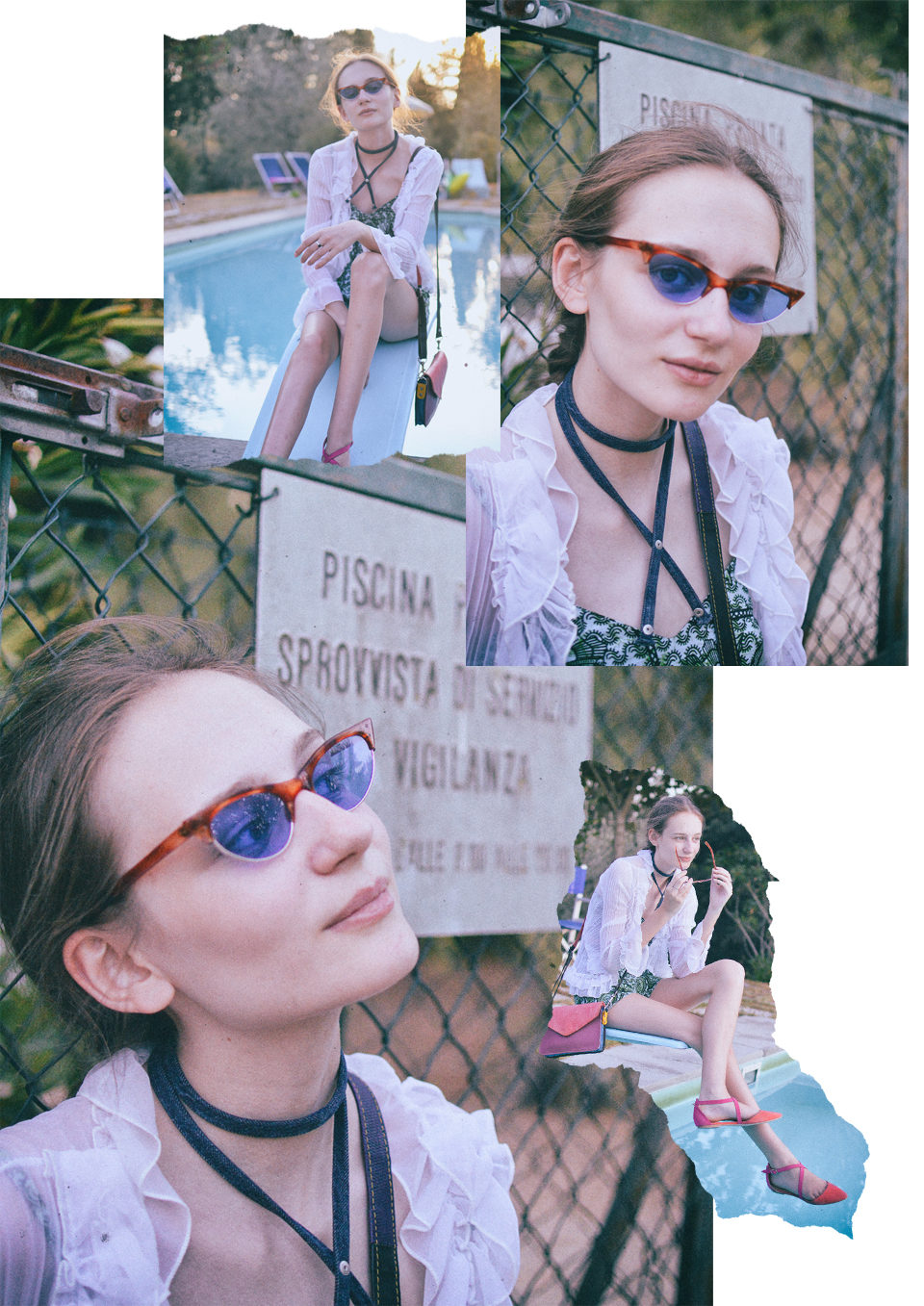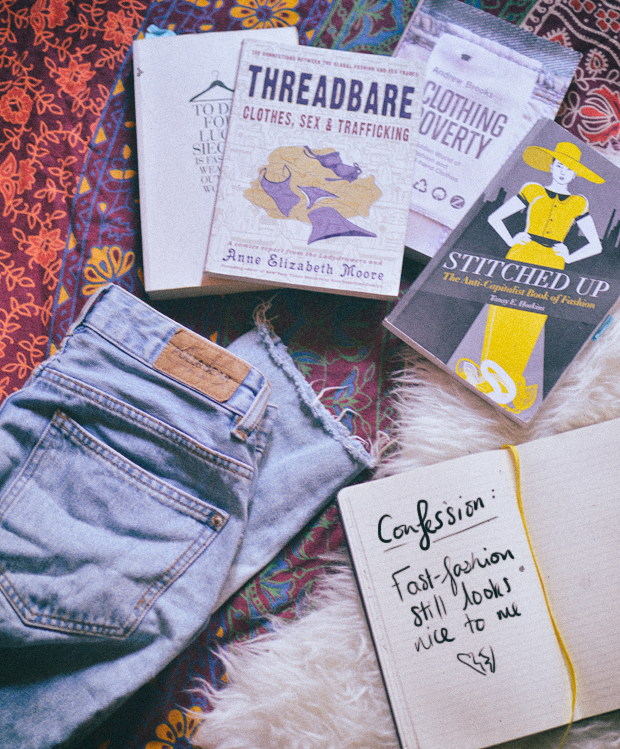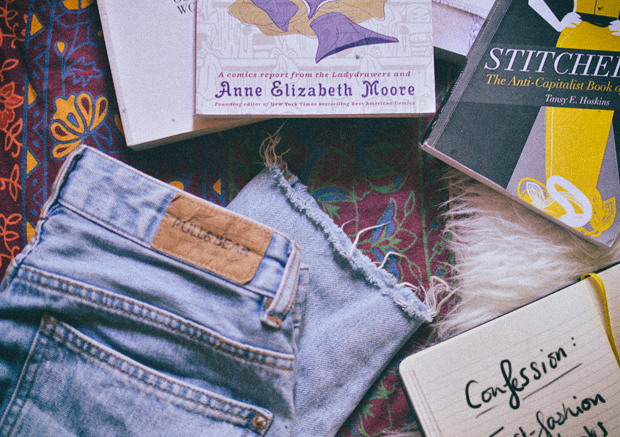It can be challenging to know where to look when it comes to educating yourself on ethical fashion or becoming a conscious consumer, so, to take some of the hard work away from you, I’ve compiled a list (just like last year) of what I found helpful and educational during 2017. Below, you will find books, websites and even an industry report, which I believe will be worth your time in taking a look at…
→ Clothing Poverty by Andrew Brooks
I actually never wrote the review of this book as I had promised as I believe I may need a second read of it. It’s a little harder to digest than other books I’ve read on ethical topics and admittedly, there were certain parts of it which I disagreed with and/or I would have tackled from a different angle but that’s all part of educating ourselves; it’s important to look at things from different perspectives even if it means feeling uncomfortable or in disagreement.
I wouldn’t recommend Clothing Poverty if you haven’t read any other books on ethical topics as it may throw you in right at the deep end. However, for those of you who have already started to explore ethics and sustainability, I’d add this to your ‘To Read’ list.
☼ Ethical Consumer Magazine
This year I was kindly set up with a subscription for Ethical Consumer magazine which essentially helps consumers make more ethical decisions when shopping. I’d used their directory before becoming a member but it can be frustrating when you can’t get hold of all the information you need, so, it’s been relieving being able to dig up more than I’d been able to.
Not only can you work out what brands are excelling in different areas, you can also read their actual online publication, which covers all sorts of subjects and is full of facts and data to feed your knowledge with.
★ Ellen MacArthur Foundation – A New Textiles Economy
Fairly recently, Ellen MacArthur and Stella McCartney partnered up to launch their new report – A New Textiles Economy – which explains the current model of the fashion industry and how it can change and evolve into a circular model, to decrease the amount of waste that is currently produced through manufacturing and the ways that consumers currently dispose of unwanted clothes.
Although perhaps better reading for industry insiders, the report is thought-provoking (so far; I have yet to complete it) and is a great way of introducing yourself to the idea of cradle-to-cradle manufacturing or circular design. I know that in the next year, I want to learn even more.
▷ A Harvest of Thorns by Corban Addison (Review)
If you missed out on my review of this fictional book, then you won’t know how highly I rate it. Unlike Clothing Poverty, I believe this is a great starter book to lead you towards a more empathetic experience of fashion.
I won’t say too much here so either click on through to my review or click on through to the checkout. You won’t regret it!
✤ Fashion Revolution Fanzine – Loved Clothes Last
I may be biased here as two pieces of my work can be found within the recycled paper pages but Fashion Revolution’s fanzine never seizes to amaze me. Not only is it informative and full of its own wonderful resources, it’s also incredibly inspiring and is a great way to refuel yourself with the hope that change can and will happen.
I’m extremely honoured and proud to be part of the FR community and I will appreciate you picking up a copy as much as their team, will.
→ Ethical Revolution Video Directory
Although I’ve always been aware of Ethical Revolution, they recently introduced me to their video directory which is a great place to find new documentaries and educational clips to watch!
So far, I’ve watched the BBC mockumentary, ‘Carnage‘, which explores what the world would be like if we all changed our eating habits and became vegans (not fashion related but it fits into sustainable issues). If you prefer watching to reading, take a look!
Plus, Ethical Revolution has an exclusive discount code for Lost Shapes, which you can apply to the whole Lost Shapes x Tolly Dolly Posh collection.
What have you been reading and watching in 2017? What have you learned? Share your recommendations and findings in the comments below…
